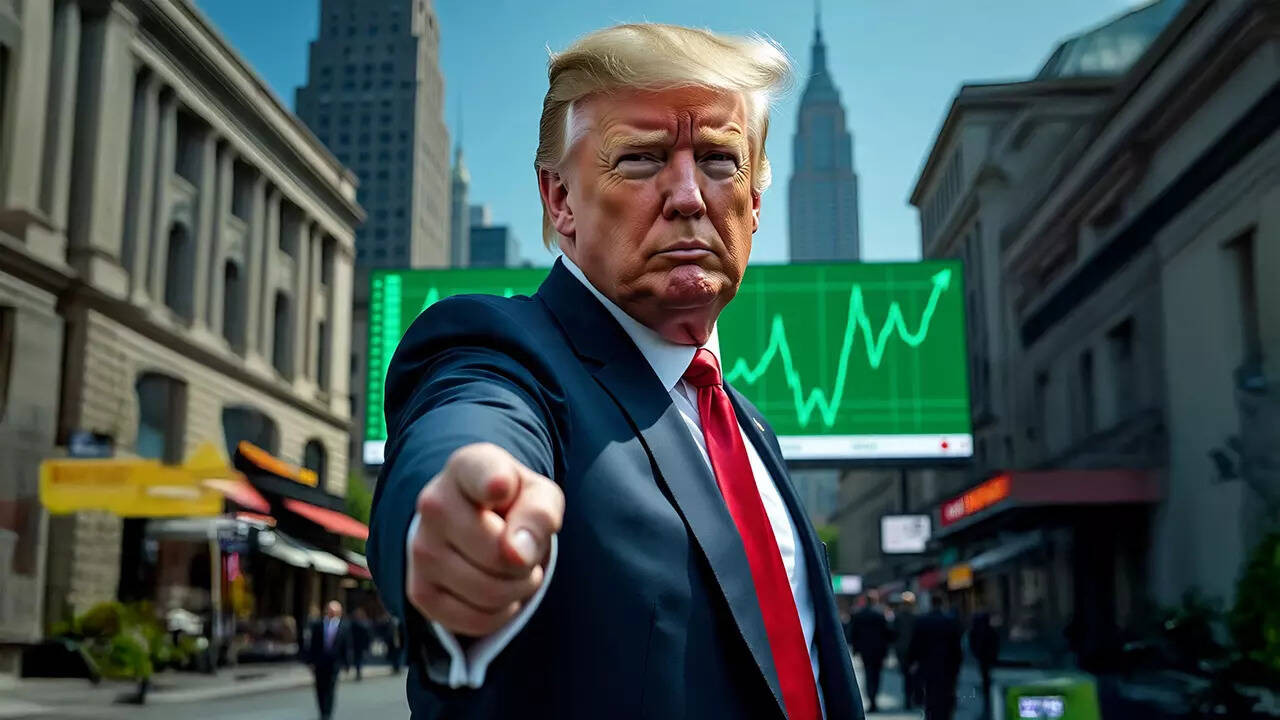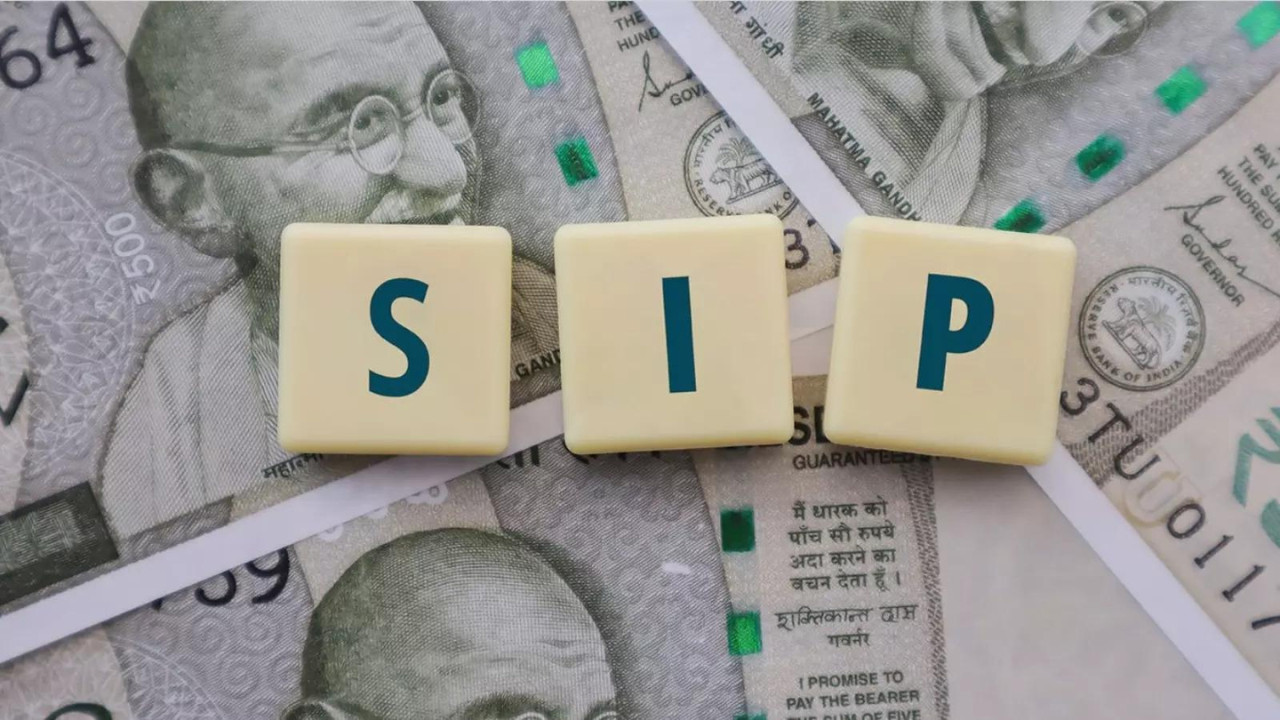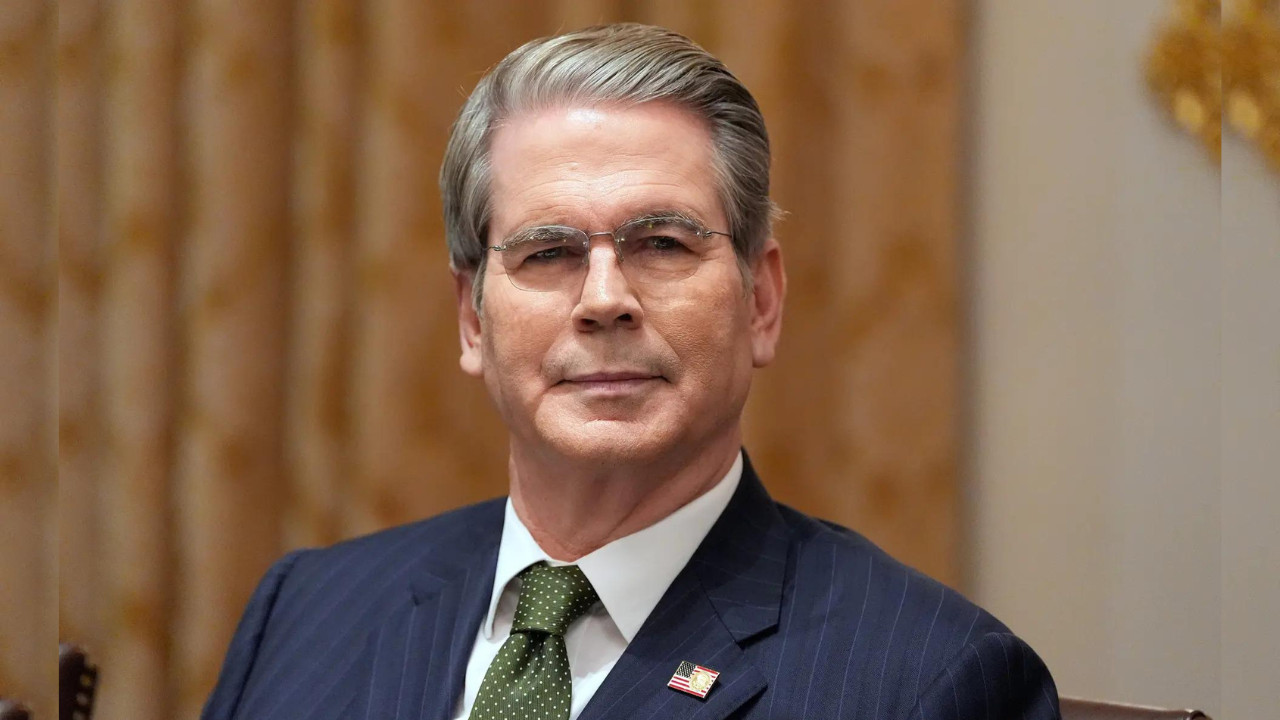Donald Trump’s trade deals signal a new normal with base tariffs around 10-20%, impacting nations like Vietnam, Indonesia, Philippines, and Japan. An India-US trade deal remains elusive due to disagreements on agriculture and dairy, with potential tariffs expected to be above 10%.
Navigating the New World of Trade: Is 10% the New “Zero” for India?
The global trade landscape is shifting, and it’s leaving a lot of us wondering what the future holds, particularly for economic powerhouses like India. Gone are the days of simply chasing zero tariffs. Former US President Donald Trump’s strategy of imposing a flat 10% tariff on imports is gaining traction, reshaping trade agreements and forcing nations to re-evaluate their competitive edge. But what does this all mean for India, a nation striving for greater global economic integration?
Understanding the 10% Tariff Trend
For years, free trade agreements (FTAs) were the gold standard, promising the elimination of tariffs and seamless trade flows. The reality, however, often fell short. Negotiations were complex, progress slow, and implementation even slower. Trump’s approach – a straightforward 10% tariff on imports – offered a seemingly simpler alternative. This approach, implemented with countries like Mexico and Canada under the USMCA agreement, aimed to protect domestic industries and incentivize local production. But the ripple effects are felt far beyond North America.
The allure of a flat tariff is its relative simplicity. It’s easier to negotiate and implement than complex FTAs with myriad exceptions and exemptions. For nations wary of getting bogged down in lengthy trade talks, a pre-determined tariff rate can appear an attractive option. This shift, however, introduces a new level of competitiveness. Indian businesses, which have long relied on preferential tariff rates under various FTAs, now face the prospect of competing with nations that have agreed to this new 10% standard.
India’s Balancing Act: FTAs vs. the “Trump Tariff”
India has actively pursued FTAs with various countries and blocs. These agreements have opened doors to new markets and fostered economic growth. However, the rise of the 10% tariff model presents a challenge. Should India adapt its strategy and consider similar arrangements with key trading partners? The answer is complex and depends on several factors.
Firstly, India’s existing FTAs provide a significant advantage in some sectors. Dismantling these agreements in favour of a 10% tariff structure could disrupt established trade flows and negatively impact industries that benefit from zero or low tariffs. Secondly, the 10% tariff could make Indian exports less competitive in markets where other nations have secured even lower rates.

The key lies in carefully assessing the potential impact on different sectors. For industries where India already holds a strong competitive advantage, a 10% tariff might be manageable. However, for sectors struggling to compete, such a tariff could prove detrimental.
Sectors at Stake: Opportunities and Challenges
Several sectors in India are particularly vulnerable to this changing trade dynamic. The textiles and apparel industry, for instance, faces intense competition from countries like Bangladesh and Vietnam, which often benefit from preferential access to key markets. A 10% tariff could further erode India’s market share in this sector.
On the other hand, industries like pharmaceuticals and IT services, where India boasts significant technological prowess and a skilled workforce, might be less affected. These sectors can potentially absorb the impact of a 10% tariff due to their inherent competitiveness and value proposition. Furthermore, a move towards emphasizing high-value manufacturing, supported by initiatives like “Make in India,” could mitigate the impact of tariffs, as premium products are less sensitive to price fluctuations. See how India is boosting its electronics manufacturing.
Charting a Course Forward: Adapting to the New Reality
So, what should India do? A multi-pronged approach is essential. This includes:
* Strengthening existing FTAs: India should actively work to improve and expand its existing FTAs, ensuring they remain relevant and beneficial in the evolving global trade landscape.
* Diversifying export markets: Reducing reliance on specific markets and exploring new opportunities in regions like Africa and Latin America can mitigate the risks associated with changing trade policies.
* Boosting domestic competitiveness: Investing in infrastructure, skills development, and technological innovation is crucial to enhance the competitiveness of Indian industries and make them less vulnerable to external shocks.
* Strategic engagement: India needs to actively engage in international trade discussions and shape the global trade agenda to reflect its interests and priorities.
The rise of the 10% tariff is not necessarily a threat but a call to action. It demands a strategic reassessment of India’s trade policies and a renewed focus on enhancing domestic competitiveness. By embracing innovation, diversifying markets, and strengthening its negotiating position, India can navigate this new world of trade and secure its position as a global economic leader.







